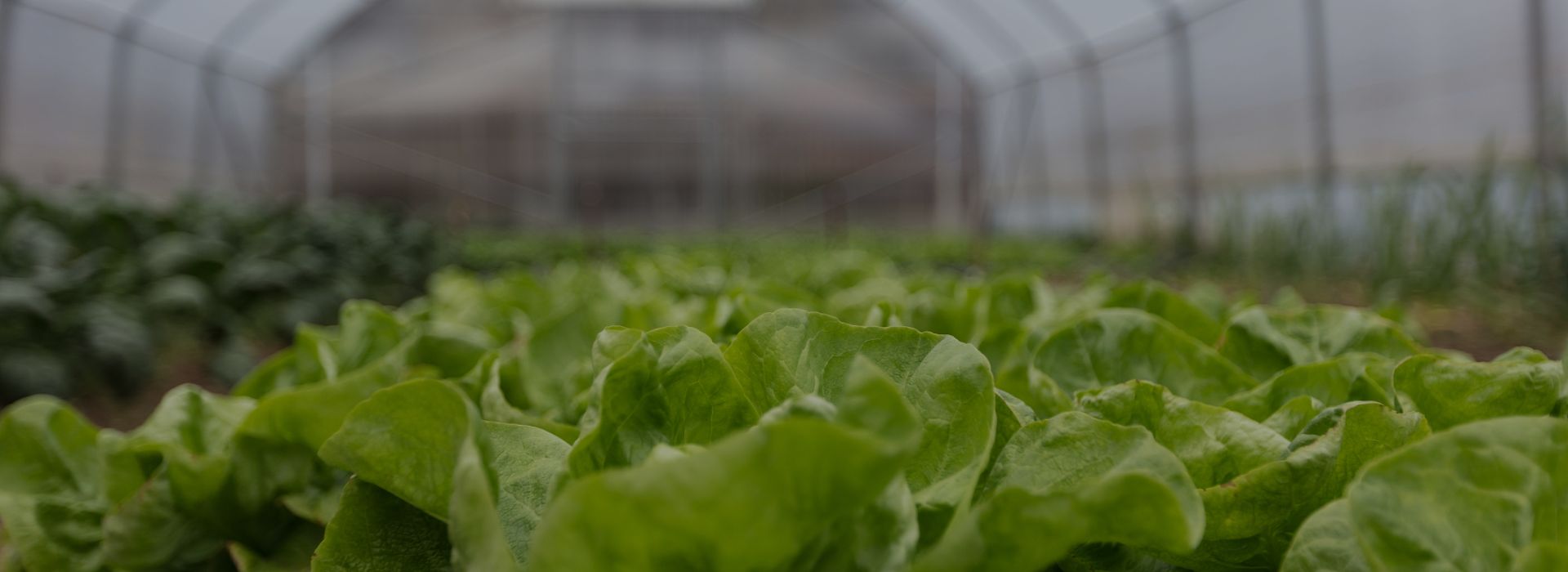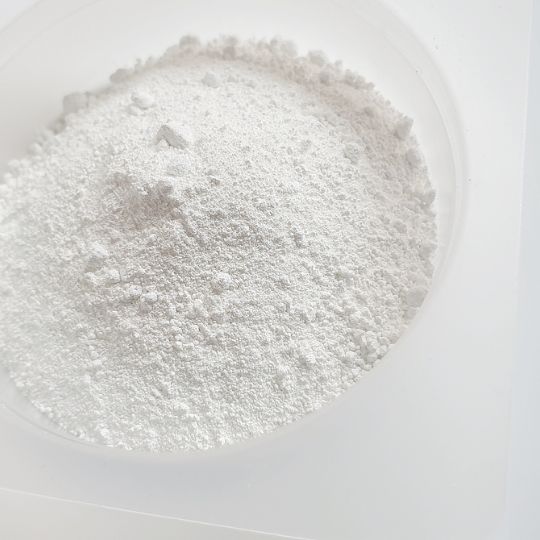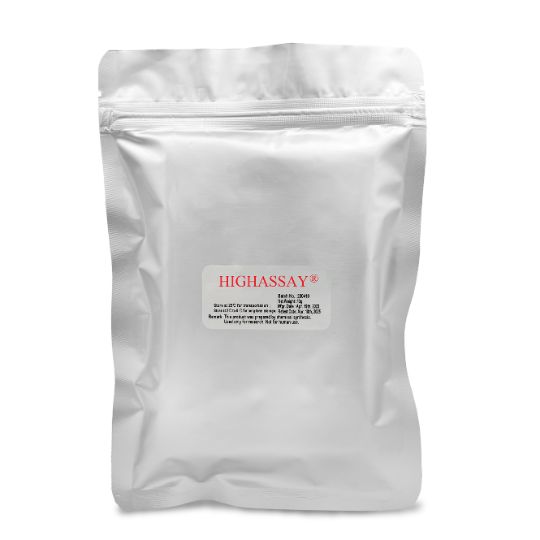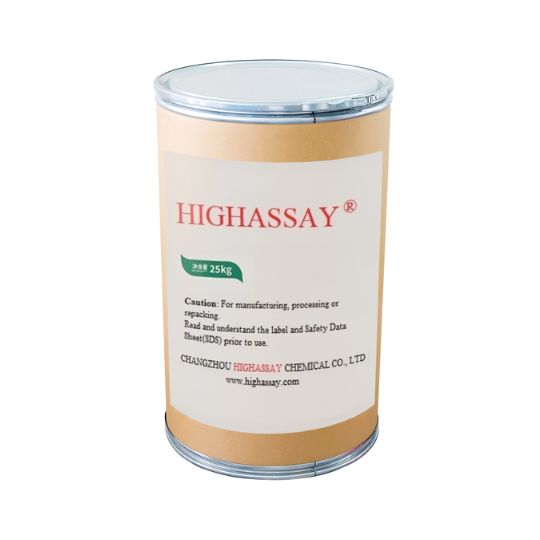A Brief Introduction to Imidacloprid
Molecular Formula: C9H10ClN5O2
Molecular Weight: 255.66
CAS No.: 138261-41-3
Appearance: White to slightly yellow powder
Regular Commercial Package: 25kg/drum
What is Imidacloprid?
Imidacloprid is an effective and widely used neonicotinoid insecticide. It is a modern chemical pesticide characterized by high efficacy, broad spectrum, good systemic activity, and a long residual effect. As a systemic insecticide, it has both stomach and contact effects. Due to its excellent systemic activity and the relatively low application rate of this new insecticide, this active ingredient can be used as a seed treatment, foliar treatment, and soil treatment.
Highassay adheres to strict quality control (QC) to produce Imidacloprid. Buy Imidacloprid in bulk from us now to get competitive market prices.
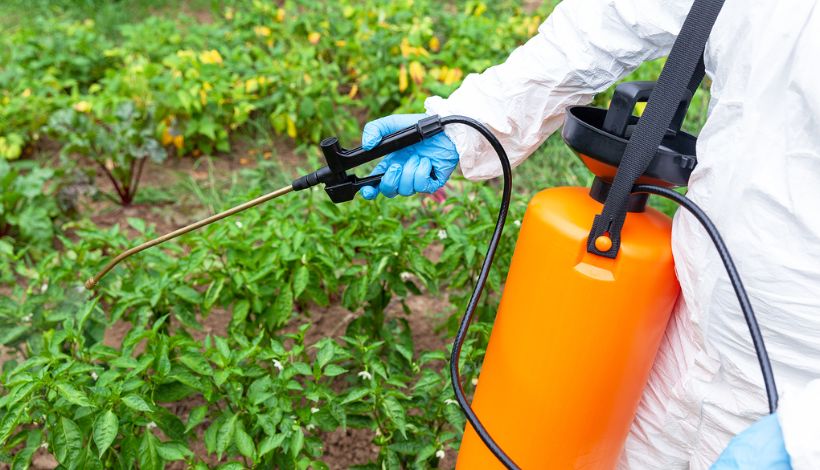
Why choose Highassay?
Highassay offers a variety of formulations. In addition to raw material powders with concentrations exceeding 95%, we also offer various formulations, such as 70% 25% 10% WP, 70% WDG, 20% SL, and 10% EC. You can choose the appropriate formulation based on your product needs. However, please note that during the production of your finished product, your employees must adhere to safety procedures and precautions to ensure both personal safety and product efficacy.
If you have any questions about processing Imidacloprid, Highassay’s R&D team is here to help.
How to use Highassay's Imidacloprid?
Different forms of Imidacloprid have different usage methods to meet specific needs. For example:
 Seed Dressing and Root Irrigation
Seed Dressing and Root IrrigationImidacloprid suspension concentrates can be used for seed dressing and root irrigation. Mixing imidacloprid with crop seeds (such as wheat and corn) before sowing, or directly irrigating the roots (such as when planting tomato and pepper seedlings), can help prevent pests and viral diseases.
 Soil Treatment and Hole Fertilization
Soil Treatment and Hole FertilizationImidacloprid granules can be used for soil treatment and hole application. By mixing with organic fertilizer and sprinkling on the soil surface or mixing with surrounding soil and covering with soil, the effective duration of the insecticide (such as white grubs and aphids) can be increased, reducing labor intensity.
 Spray
SprayOther forms of imidacloprid can be used for spraying. By mixing with water and diluting it into a spray form, it is not only convenient and easy to use, but also fast-acting and highly adaptable.
Advantages of Imidacloprid
- Diverse methods of use
- Controls a wide range of pest types and applications
- Relatively safe for humans and crops during spraying and application
- Highly compatible with a variety of insecticides and fungicides for enhanced effectiveness
- For topical flea treatment on cats and dogs
- For control of ants, cockroaches, and termites
Highassay adheres to strict quality control (QC) to produce Imidacloprid. Buy Imidacloprid in bulk from us now to get competitive market prices.

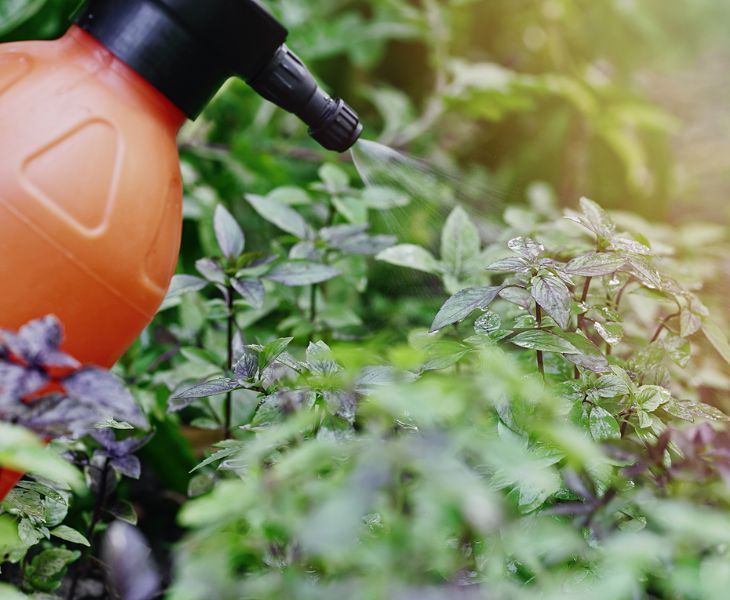
Imidacloprid VS Other Products
- When Imidacloprid is combined with Pyrethroids (such as Bifenthrin and Lambda-Cyhalothrin), it can accelerate the death of aphids, with visible effects in as little as 3-5 minutes.
- Imidacloprid VS Fipronil: Both Imidacloprid and Fipronil are effective insecticides, but Fipronil is more toxic and therefore more effective than Imidacloprid. Each has its own advantages and disadvantages, so choose one based on your specific needs.
- Imidacloprid VS Dinotefuran: Both Imidacloprid and Dinotefuran are effective insecticides, but they target different pests.Dinotefuran is more suitable for crops, fruit trees, and vegetables, while Imidacloprid is more suitable for horticultural and greenhouse crops.
Specifition of Imidacloprid
| Product Name | Imidacloprid |
| Chemical name | 1-(6-chloro-3-pyridylmethyl)-N-nitromidazolidin-2-ylideneamine |
| Melting point | 136.4℃-143.8℃ |
| Boiling point | 442.3℃ |
| Water soluble | 0.51 g/L(20℃) |
| Density | 1.543 g/cm³ |
| Flash point | 221.3℃ |
| Stability | Stable at room temperature and pressure, avoid contact with strong oxidants |
| Storage | Sealed tightly and stored away from light in a cool and dry place |
| Formulations | 95% Tech, 70% 25% 10%WP, 70% WDG,20%SL, 10%EC |
It’s most effective when the temperature is between 23 and 26 degrees Celsius. Therefore, it’s recommended to use it at noon when the temperature is high and there’s no wind or rain.
During storage and transportation, Imidacloprid must be kept dry and well-ventilated, protected from moisture and light. It should not be mixed with food or feed, and must be transported using specialized transportation. Children and pregnant women should avoid contact.
Imidacloprid is highly effective against piercing-sucking pests (such as aphids, leafhoppers, planthoppers, thrips, and whiteflies). It is also effective against coleoptera, diptera, and lepidoptera pests.
Precautions for using Imidacloprid
- Do not use a single Imidacloprid to kill pests. To prevent pests from developing resistance, rotate the pesticides. This not only delays the development of resistance but also reduces adverse environmental impacts.
- Avoid beekeeping and silkworm breeding sites, their surroundings, and water sources during use. Imidacloprid is toxic to bees and silkworms, affecting their reproductive capacity in mild cases and causing death in severe cases.
- Avoid using the pesticide one week before harvest. If you accidentally ingest crops that have just been sprayed with Imidacloprid, immediately seek medical attention to induce vomiting and perform gastric lavage. Follow-up observation is required. Severe cases require further examination and treatment.
- Do not mix with alkaline drugs or substances (such as Bordeaux mixture). Doing so will inactivate the drug, reducing its effectiveness and potentially causing damage (such as abnormal crop growth).
- Although relatively safe for humans, animals, and crops, avoid direct contact with skin and eyes during handling. Wear protective equipment at all times.
- Imidacloprid is easily soluble in water and will cause certain pollution to the environment after use. Therefore, special attention should be paid when handling imidacloprid waste, and the drug should be used as accurately as possible and handled in specific places.

